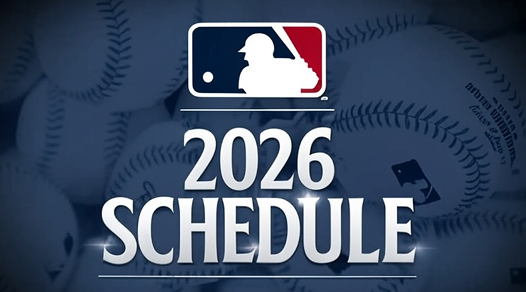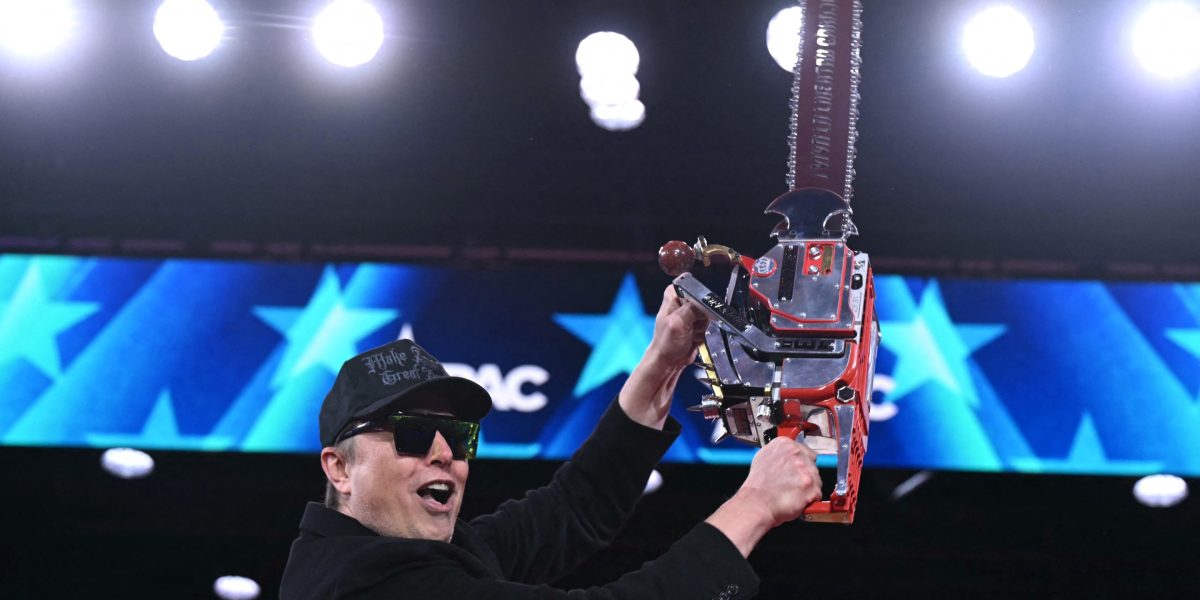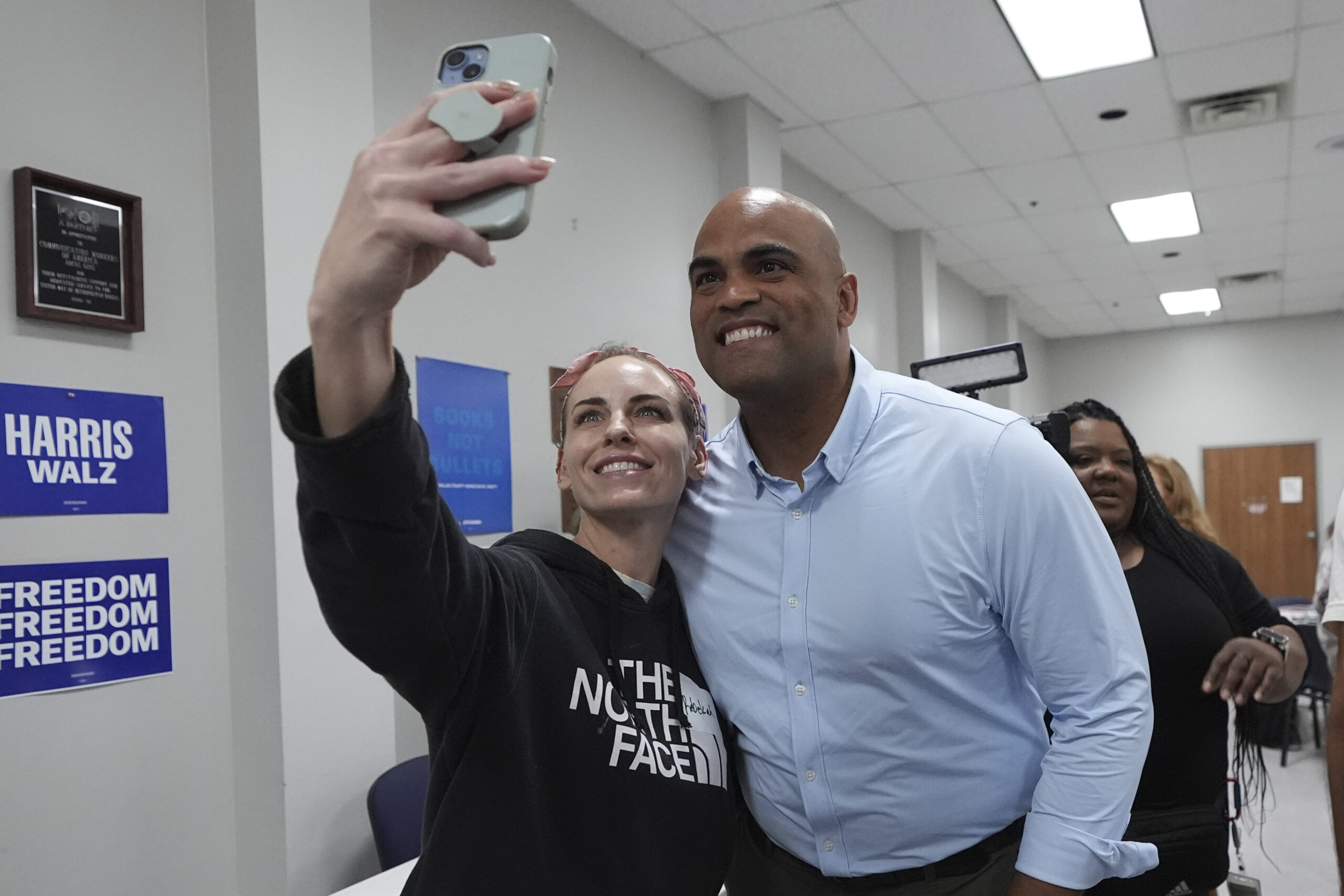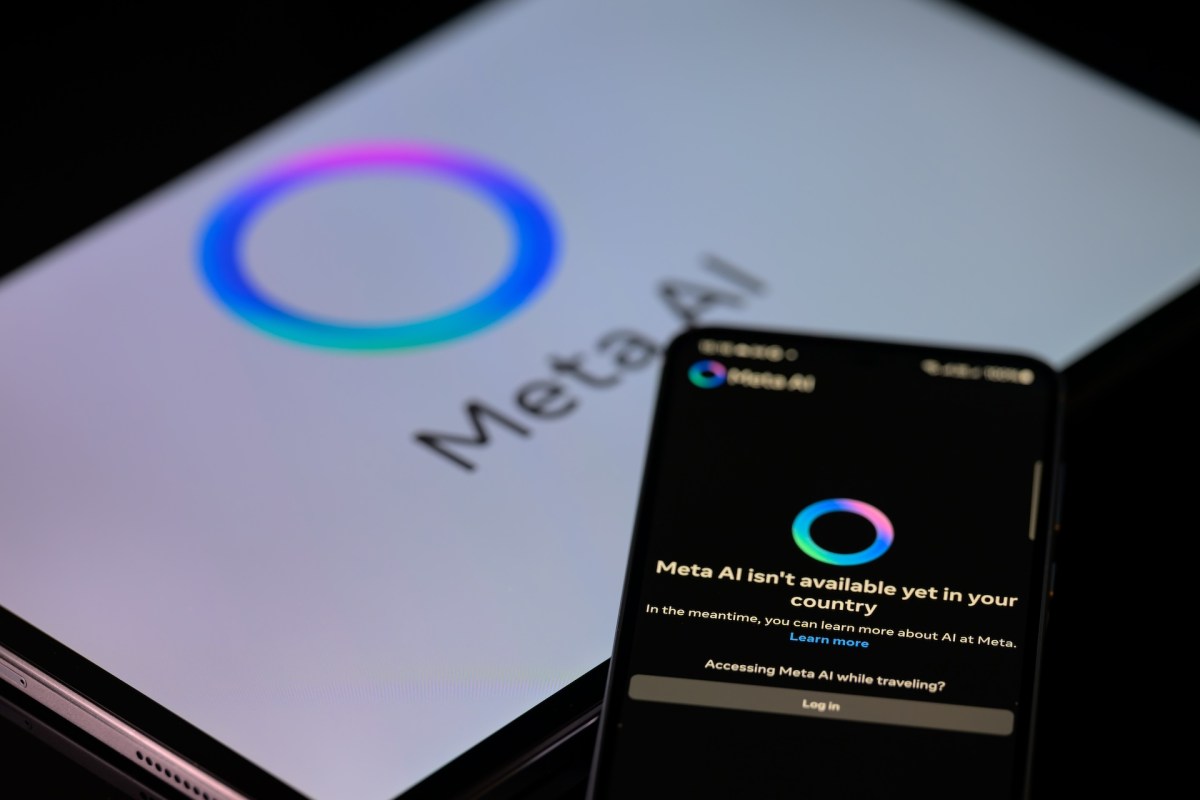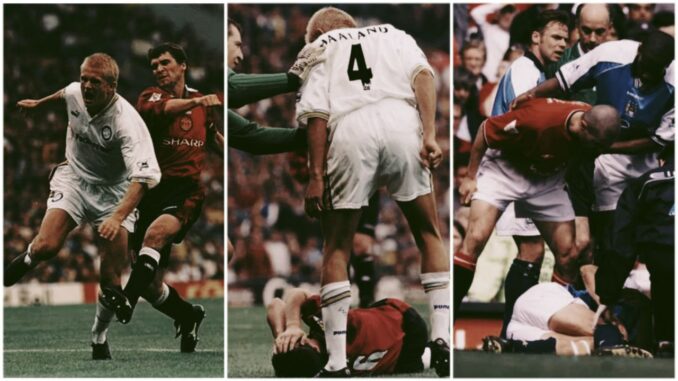


The bitter feud between Roy Keane and Alf-Inge Håland is the stuff of football legend. It’s that rare kind of animosity that transcends the field, weaving its way into the very fabric of Premier League history and becoming a cautionary tale of revenge, rage, and career-altering tackles.
Here was Keane, the ruthless midfield general of Manchester United, a player who exuded intensity with every step, facing off against Håland, a tough Norwegian player who stood in his way both on and off the field. The feud between these two men remains one of the most infamous rivalries in football, defined by a moment so shocking that it almost feels mythic.
It all started with an incident in 1997. Keane was playing for Manchester United in a high-stakes game against Leeds United, where Håland was plying his trade at the time. In the midst of a fierce match, Keane tore his anterior cruciate ligament while trying to tackle Håland.
As Keane lay on the ground in agony, Håland stood over him, accusing him of feigning injury, an accusation that would simmer in Keane’s mind for years. To him, this wasn’t just a typical on-field jab – it was a violation of respect, a challenge to his toughness, and a question of his character. He saw it as a public slight that would need to be answered.
Fast-forward to 2001, and Roy Keane was no longer just a Manchester United player but a leader who had set the tone for his team. He embodied the Red Devils’ grit, discipline, and win-at-all-costs mentality. Håland, now with Manchester City, was on the field in one of the hotly contested Manchester derbies.
The tension was palpable. Keane spotted Håland, and in an instant, years of resentment, wounded pride, and anger boiled over. Keane delivered a brutal, knee-high tackle straight into Håland, a move that felt like the full force of his fury compacted into one punishing blow.
The impact was immediate and devastating, leaving Håland writhing on the ground and the crowd in stunned silence. Keane received a red card, but it didn’t matter – he had executed his revenge in full view of the world.
What made the feud even darker was Keane’s admission in his autobiography that the tackle was premeditated. He described the incident with an almost chilling candor, openly admitting his intention to hurt Håland. There’s no ambiguity in Keane’s words, no apology, just a brutal honesty that shook the football world.
This was a player who didn’t just play with intensity; he lived and breathed it, unafraid to cross the line and accept the consequences. It was as though Keane saw Håland’s taunt years earlier as a personal affront that demanded retribution, and he wouldn’t rest until he’d evened the score.
The consequences of Keane’s tackle on Håland were far-reaching. Although it’s a misconception that the tackle ended Håland’s career—he continued to play briefly afterward—the injury significantly affected Håland’s playing trajectory.
The shadow of that tackle followed him, not just in terms of physical pain, but as a reminder of the sheer ferocity Keane had unleashed. This was no ordinary foul, but a line crossed, a moment that exposed the darker, unchecked emotions that can live within professional sports.
Fans, analysts, and players alike were shocked by the open animosity, the sheer disregard for a fellow professional’s well-being. It pushed the boundaries of what was acceptable on the pitch and sparked a long-standing debate on sportsmanship, honor, and the limits of rivalry.
The Keane-Håland feud remains a cautionary tale, a reminder of the combustible nature of competitive spirit when it’s pushed too far. For Keane, it was a matter of pride and a fight for respect, where lines were blurred and consequences were a secondary concern. For Håland, it was a career-altering moment that hung over him and even cast a shadow over his son, Erling Haaland, who is now a rising star in his own right.
There’s an undeniable irony that Alf-Inge Håland’s son would grow up to become one of the Premier League’s most formidable players, a legacy that almost feels like a continuation of the story, an echo of his father’s past rivalry with Keane.
Years later, fans still talk about the infamous tackle, rewatching it with a mix of horror and fascination, and debating what it says about the nature of competition. Some view Keane’s act as one of unflinching justice, a man standing up for himself no matter the cost, while others see it as an act of reckless disregard.
In the world of football, where rivalries burn bright, few shine with the kind of enduring intensity as Keane vs. Håland. This was a rivalry that showed just how deeply personal and bitter professional sport can become, transcending the game itself and becoming a story that will be told for generations.


